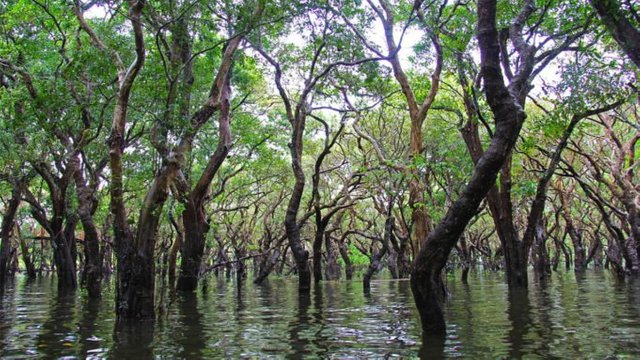
Every evening in the world one in nine people go to bed hungry. There are about 800 million people. They do not have access to the food they need to grow and feel good. In the age of progress and wealth, one in seven children in the world is underweight.
It seems incredible given that the world's income exceeds 65 trillion dollars and, according to the UN Human Development Report, 100 billion dollars per year would be enough to eradicate hunger and extreme poverty from the planet. Yet nothing is being done.
Six children die every minute for hunger and poor nutrition, but at the same time one third of the food produced each year is wasted and rotten. In the rich nations, the relationship is even worse. In India, where many hungry people live, 40% of the harvest does not reach the market.
Many people think that hunger is above all a distribution problem. It could be true, in fact we have set up a bizarre system. We produce and process food in one place and then ship it around the world.
How do we think that small producers, who cultivate and produce good and natural things, can compete? Local shops are packed with junk food in shimmering packs at amazing prices.
It's incredible. Yet a lot of work has been done to produce that food. Chemicals were shipped first, then seeds and finally ingredients. Only then did the food ready to reach us (often on the other side of the world) arrive. How do you then get that low price?
There is a simple but revolutionary change that would allow billions of people to produce much more food (and much closer to them). How? Skip the problem of distribution.
We live in a three-dimensional world, yet we have managed to compress our systems for food and energy production in two dimensions.
Agricultural output is always measured per acre, never in cubic meters, when nature always operates in three dimensions, in multiple layers. The trees reach 30 meters and more, protect the soil with their shadow. Under that shade, fruit trees grow. Natural variation of species increases productivity and provides protection. It also feeds the soil with nutrients that everyone needs, without the need for chemicals.
Instead, normally in a greenhouse tomatoes are grown on rows of 3 meters. Now imagine growing plants up to twice the height and use the lower meter to grow courgettes, cucumbers and pumpkins. This will not only greatly increase productivity, but the tomatoes will be protected from rust, a mushroom that comes from the ground and can destroy the harvest in a few days, but that does not infect the pumpkin.
These are different solutions, with minimal impact and following the dictates of nature. For example, in Indonesia, the Polytechnic of Jakarta has begun to look for other solutions than traditional ones for its own country.
So he bought uncultivated land along the coast and planted mangrove trees along old and disused ponds and artificial canals. The mangroves protect the coasts and are the areas where shrimps reproduce. However, mangroves hamper fishermen and are often removed to create shrimp farms in monoculture. It seems ironic but it's just that.
Thanks to mangroves, the water is cleaned and so the area has attracted microalgae, which enrich the environment with various nutrients. The new farms were thus richer environments, which allowed to raise shrimp, but also crabs and to cultivate the chlorella seaweed and spirulina.
So in the 2D version of the farms there were only shrimps in shrimp ponds, with considerable costs to ensure hygiene and feed the fish. Nothing is spent on the 3D model and production is diversified. In addition, much of the fish feed comes from worms that are fed by the faeces of hens racolating around ponds.
What I want to say is that you can imagine a different world and a different economy. The experiment in Indonesia is proof of this.